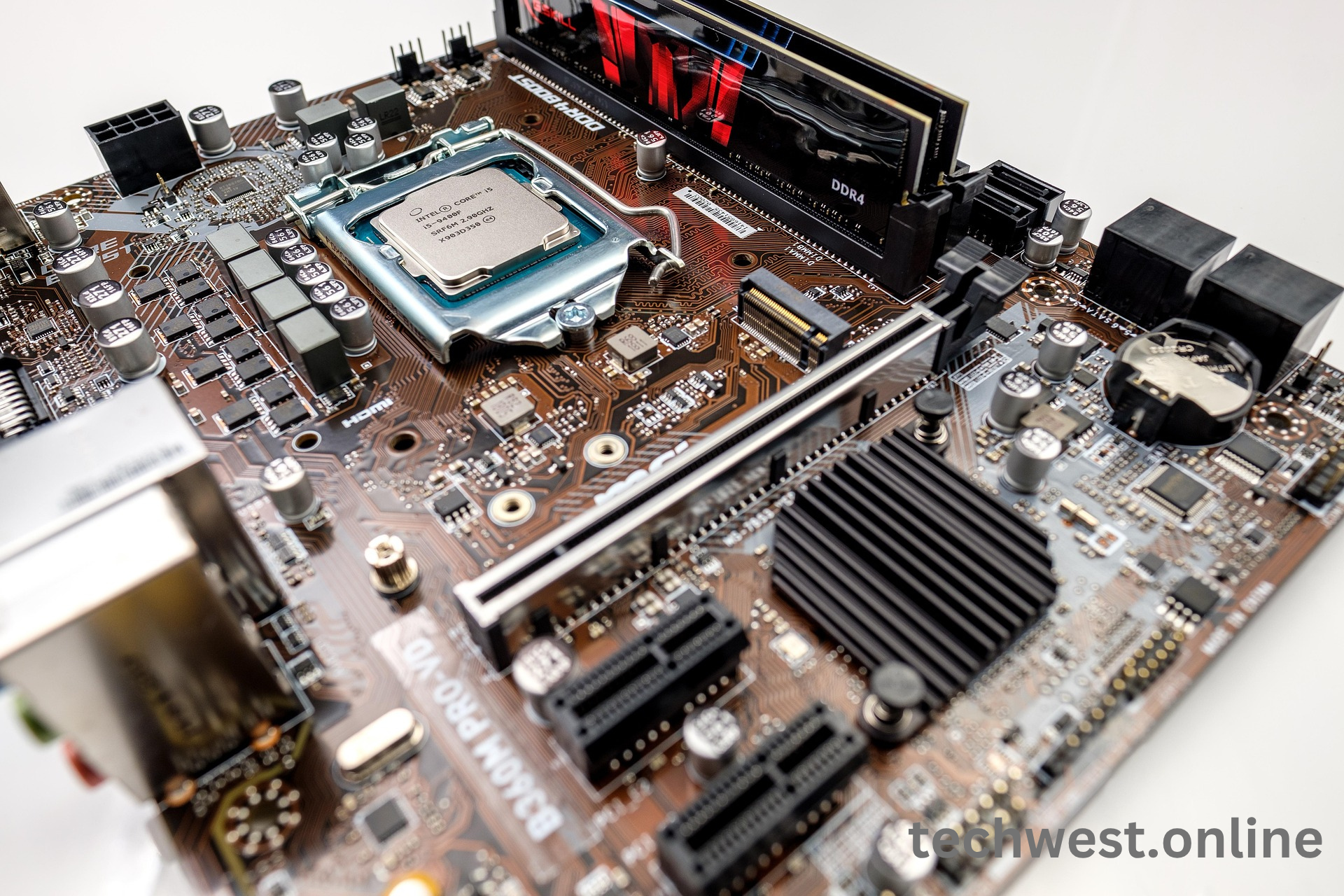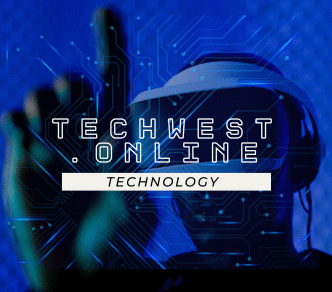Core Technologies in Smart Devices:
Smart devices have become an essential part of contemporary life, revolutionizing how we engage with technology, communicate, and organize everyday tasks. From smartphones and smartwatches to home automation and IoT-connected appliances, these devices depend upon a set of core technologies to provide smooth functionality, connectivity, and user experiences. This article examines the fundamental technologies behind smart devices, optimized for search engine optimization (SEO) to guarantee visibility and interaction. Major categories include processors, sensors, connectivity, artificial intelligence (AI), and user interfaces, all of which serve as the backbone of modern intelligent ecosystems.

1. Processors: The Brain of Smart Devices
At the center of every smart device is a robust processor, commonly known as the system on a chip (SoC). These small, power-efficient chips combine several elements, such as the central processing unit (CPU), graphics processing unit (GPU), and modem, under one package. Processors such as Qualcomm’s Snapdragon, Apple’s A-series, or MediaTek’s Dimensity series are manufactured to find a balance between performance, energy consumption, and heat dissipation, supporting devices to manage sophisticated tasks like gaming, video streaming, and real-time data processing.
Contemporary processors make use of advanced architectures, like ARM’s Cortex designs, and are produced through state-of-the-art manufacturing processes (e.g., 4nm or 3nm tech). These help smart devices provide higher performance along with lower power usage, an important aspect for battery-constrained devices like smartphones and wearables. SEO-wise, keywords such as “smart device processors,” “SoC technology,” and “ARM architecture” are very relevant, as they are in line with users searching for information about performance.
2. Sensors: Facilitating Contextual Awareness
Sensors are the smart devices’ sensory organs, enabling them to sense and respond to their surroundings. Typical sensors comprise accelerometers, gyroscopes, proximity sensors, ambient light sensors, and biometric sensors (fingerprint and facial recognition). These devices facilitate features such as motion detection, automatic screen brightness, and secure authentication. Advanced sensors, like LiDAR (Light Detection and Ranging), are being added to premium smartphones and augmented reality (AR) headsets. LiDAR provides accurate depth mapping, which supports better AR experiences, photography, and spatial orientation. For smart gadgets like smart thermostats or surveillance cameras, environmental sensors (temperature, humidity, or motion sensors) play a crucial role in real-time monitoring and automation. By using keywords such as “smart device sensors,” “LiDAR technology,” and “IoT sensors,” this material addresses tech buffs and experts looking for in-depth insights into sensor-based functionalities.
3. Connectivity: The Lifeline of Smart Ecosystems
Connectivity is the foundation of smart devices, facilitating device-to-device, device-to-cloud, and device-to-user communication. Critical connectivity technologies are: Wi-Fi: Wi-Fi 6 and soon-to-arrive Wi-Fi 7 provide increased speed, lower latency, and greater reliability, essential for smart homes and streaming-devices. 5G: The deployment of 5G networks has transformed wireless connectivity with ultra-low latency and high-bandwidth capabilities for use cases such as autonomous cars and remote surgery. Bluetooth: Bluetooth Low Energy (BLE) is used extensively in wearables and IoT applications for low-power, short-range communication. NFC (Near Field Communication): NFC allows payments and device pairing without contact, a feature common in smartphones and smartwatches.
IoT Protocols: Solutions like Zigbee, Z-Wave, and MQTT provide hassle-free communication in smart home systems, making sure that devices such as smart light bulbs and thermostats function in harmony. Keyword optimization with keywords like “5G smart devices,” “Wi-Fi 6 technology,” and “IoT connectivity” is essential to make this content rank better for searches pertaining to networked devices and their usage.
4. Artificial Intelligence: Intelligent Devices, Intelligent Experiences
Artificial intelligence transforms smart devices so they can learn, adapt, and decide. AI comes in several forms, ranging from on-device machine learning (ML) models to cloud-based processing. Some of the main AI applications are: Voice Assistants: AI-driven assistants such as Siri, Google Assistant, and Alexa use natural language processing (NLP) to recognize voice commands and respond with context. Computer Vision: AI boosts camera functionality, allowing for things like scene understanding, object identification, and live image processing. Personalization: Machine learning algorithms study user behavior to provide personalized recommendations, including app or content recommendations.
Predictive Maintenance: In IoT devices, AI forecasts machinery breakdowns by sensing data from sensors, enhancing smart homes and industrial system efficiency. AI chips, including neural processing units (NPUs), speed on-device AI workloads, decreasing dependence on cloud-based servers and increasing privacy. For SEO, keywords such as “AI in intelligent devices,” “machine learning phones,” and “neural processing units” engage technology-conscious readers looking for the latest innovations.
5. User Interfaces: Connecting Humans and Technology
The user interface (UI) is the portal to the functionality of a smart device, providing seamless and compelling interactions. Contemporary UIs are built upon the integration of hardware and software technologies, such as: Touchscreens: Capacitive touch display with high-resolution AMOLED and OLED, delivering rich images and responsive feedback. Voice Interfaces: AI-powered voice recognition enables hands-free usage, a prominent aspect in smart speakers and car systems. Gesture Control: Infrared cameras and sensors support gesture-driven navigation, enriching user experiences for AR/VR devices. Haptic Feedback: High-end haptic engines provide tactile feedback, enhancing usability in gaming controllers and wearables. For SEO, keywords such as “smart device UI,” “touchscreen technology,” and “voice-controlled devices” are essential because they correspond to user questions regarding usability and design.
6. Battery and Power Management: Maintaining Performance
Battery life is a key consideration in smart devices, especially for mobile and wearable products. Lithium-ion batteries, together with fast charging technologies (e.g., USB Power Delivery and wireless charging), keep devices running all day. Power management ICs (PMICs) maximize energy distribution, making battery life last longer by prioritizing critical functions. New technologies such as solid-state batteries have the potential for greater energy density and safety, which can change the game in the industry. Phrases including “smart device battery life,” “fast-charging technology,” and “solid-state batteries” are crucial to ensuring search traffic for device longevity.
7. Operating Systems: The Software Foundation
Operating systems (OS) such as Android, iOS, and real-time operating systems (RTOS) for Internet of Things (IoT) devices form the software basis for smart devices. These operating systems control hardware resources, facilitate app ecosystems, and provide security. For instance: Android: Provides customization and flexibility, driving a vast array of smartphones, tablets, and IoT devices. iOS: Recognized for unproblematic integration with Apple hardware, delivering a secure, optimized user experience. RTOS: Implementing in resource-limited IoT devices, RTOS provides low-latency processing for smart sensor-type applications. SEO terms such as “smart device operating systems,” “Android vs. iOS,” and “RTOS for IoT” assist in reaching users researching software ecosystems.
8. Security: Safeguarding the Connected World
With increasing interconnectivity of smart devices, security is the top priority. Key security technologies are: Encryption: End-to-end encryption secures data exchanged between devices and cloud servers. Biometric Authentication: Fingerprint and facial recognition add security to devices. Secure Boot: Only trusted software is executed on the device at startup. Firmware Updates: Regular OTA updates fix vulnerabilities and enhance performance. Terms such as “smart device security,” “biometric authentication,” and “OTA firmware updates” connect with privacy- and data-concerned users.
Conclusion
Smart devices’ fundamental technologies—processors, sensors, connectivity, AI, user interfaces, battery management, operating systems, and security—function in concert to provide powerful, efficient, and easy-to-use experiences. As these technologies become more advanced, they open doors to new applications, from intelligent homes to self-driving cars. By maximizing this content through valuable keywords such as “core technologies in smart devices,” “AI-powered devices,” and “IoT connectivity,” this article maximizes search engine visibility, bringing readers willing to discover the future of smart technology.
